An island only reachable by swimming!? Volcano observation at Nishinoshima island


An island only reachable by swimming!?
Volcano observation at Nishinoshima island
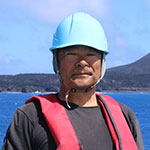 By Takao Ohminato By Takao OhminatoProfessor, Earthquake Research Institute http://www.eri.u-tokyo.ac.jp/KOHO/STAFF2/takao.html |
Since 2013, Nishinoshima island has been growing in size due to intermittent volcanic activity. The island, which is under the Tokyo Metropolitan Government’s jurisdiction, is known not only as an expanding volcanic island but also as a valuable place to observe the development of an ecosystem without much human influence. Professor Takao Ohminato of the Earthquake Research Institute, who participated in onshore surveys of the island in 2016 and 2019, introduces the current status of Nishinoshima and what makes observing volcanoes so exciting.
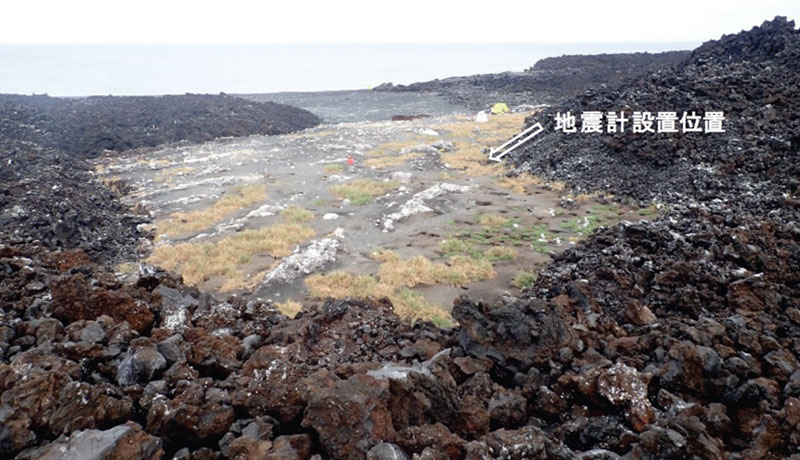
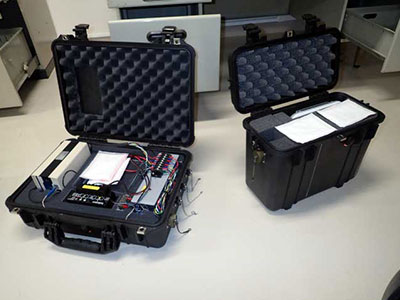
Nishinoshima is a volcanic island that is part of the Ogasawara islands chain located about 1,000 km south of Tokyo. Volcanic activity has been continuing intermittently on the island since 2013, with its landmass rapidly expanding due to repeated lava outputs. The island’s volcanic activity has become more frequent starting in December 2019, and the island continues to grow, gushing out large amounts of lava. In recent days, the amount of outflowing lava per day sometimes reaches such a tremendous volume that it could fill several Tokyo Domes.
The island of Surtsey, formed by volcanic eruption in the south of Iceland, is a famous example of an island created and enlarged as a result of underwater volcanic eruption. But a new island was also formed in 1973-1974 at Nishinoshima. At that time, an undersea eruption started near the original island, and the newly formed part grew rapidly and merged with it. The original island was referred to as the “old island” and the new part was called “Nishinoshima new island.” Back then, I was an elementary school student, and I remember how excited I was to learn about it from the newspaper and TV.
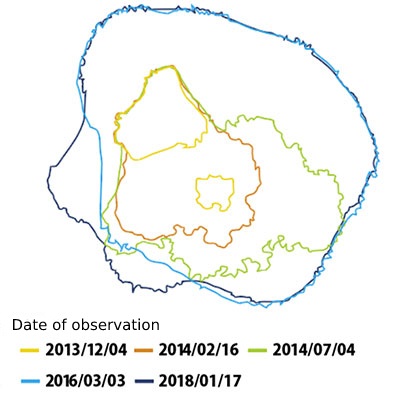
During the 2013-2015 volcanic activity, most of the old island was covered with lava, creating new land. Nishinoshima is an isolated island in the Pacific Ocean, 130 km away from the nearest island, Chichijima. This makes Nishinoshima a rare place in the world where one can observe the development of an ecosystem on new land with hardly any human impact. The previously mentioned Surtsey island is located only about 20 km from inhabited land, which highlights how isolated Nishinoshima is. In order to avoid human influence as much as possible, strict rules are placed on those approaching and landing on the island, and landing is not allowed except for special purposes, such as academic research.
Onshore surveys of the island were conducted in October 2016 and September 2019 during intervals between volcanic activity, and at that time we had the opportunity to install observation equipment to study earthquakes and infrasound (air vibration). For conducting the observations, strict conditions were imposed, such as fumigation of observation equipment and tools in advance, and preparing new clothing and shoes, so that plant seeds and insect eggs would not be brought onto the island. In addition, in order to land, we were required to do a “wet landing,” which meant our entire bodies and all of our equipment had to be immersed in the sea in order to prevent non-native species attached to people and luggage from being brought in. After approaching the area by boat, we had to swim, carrying our equipment. Since the researchers were not necessarily good swimmers, we trained in swimming, using facilities such as the pool under the Daini Dining Hall on the Hongo Campus.
Although we had to go through such hardships to install the observation equipment, it was worth it as it successfully sent us valuable data for more than half a year from December 2019, when volcanic activity resumed. The equipment, however, was swallowed up by a lava flow due to recent vigorous volcanic activity and communication was cut off on June 22, 2020. But we are very satisfied with the fact that we were able to observe the volcano for more than six months from the start of the eruption to its peak period.
When observing volcanoes, we often have to carry heavy equipment such as batteries, which is always a challenge, but the Nishinoshima observation was especially difficult as we had to swim ashore, our time on the island was short, and we had to devise special equipment and data processing mechanisms in advance because the only means of communication there was by satellite. Volcano observation is a lot of work, but the sense of accomplishment you get when it goes well is exceptional, and you also get the chance to visit places you normally wouldn’t be able to go. I would definitely recommend this research field to young people.
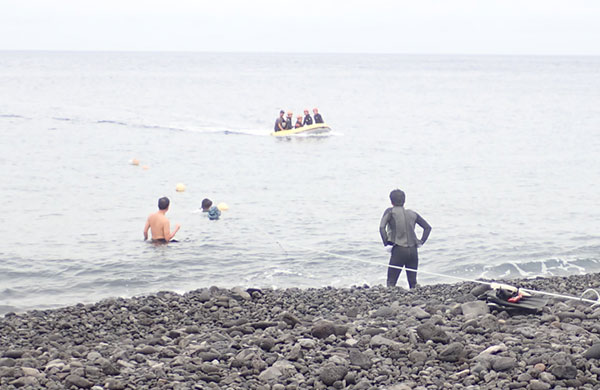
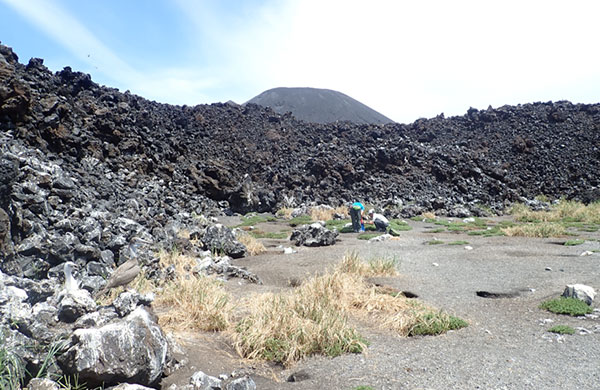
* This article was originally printed in Tansei 41 (Japanese language only). All information in this article is as of September 2020.






